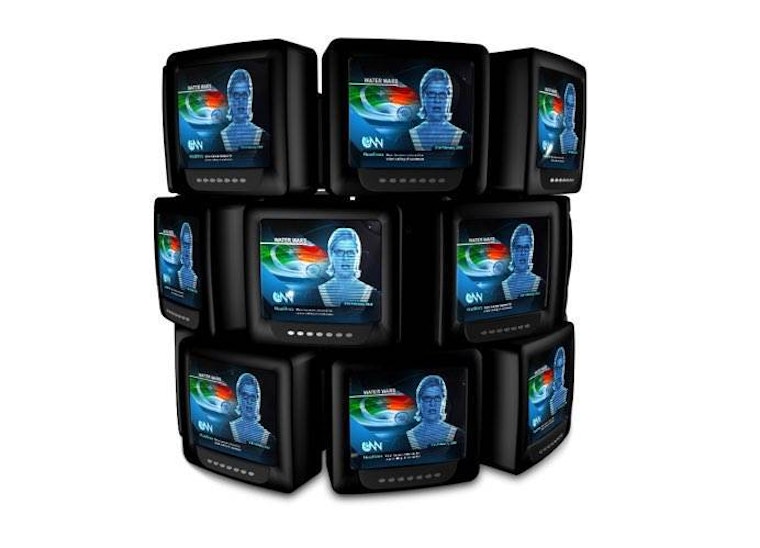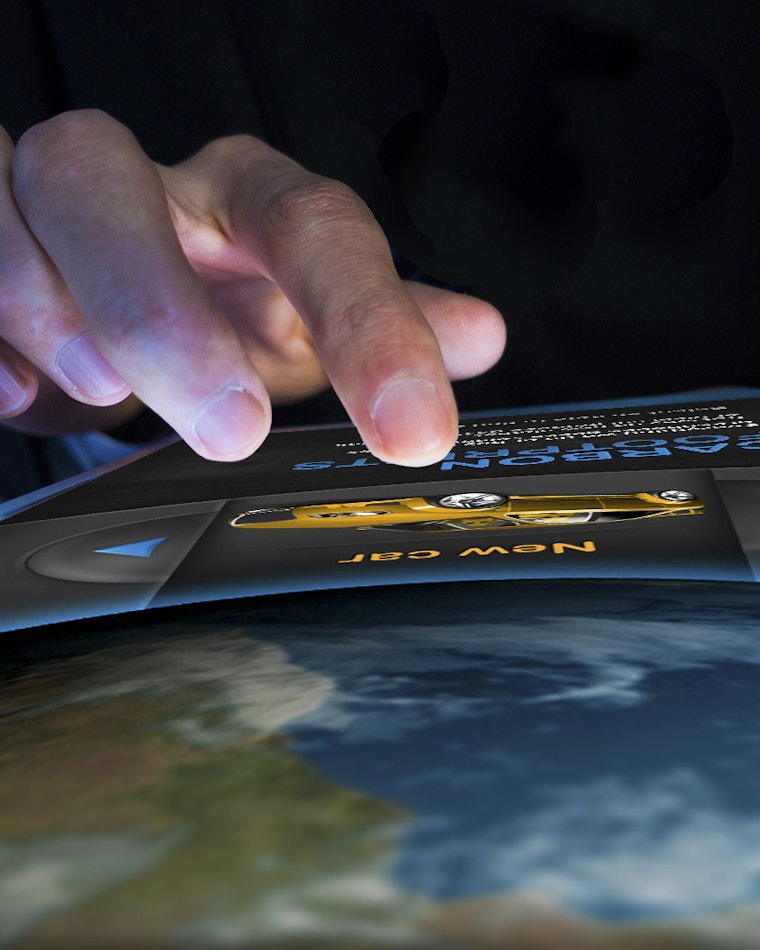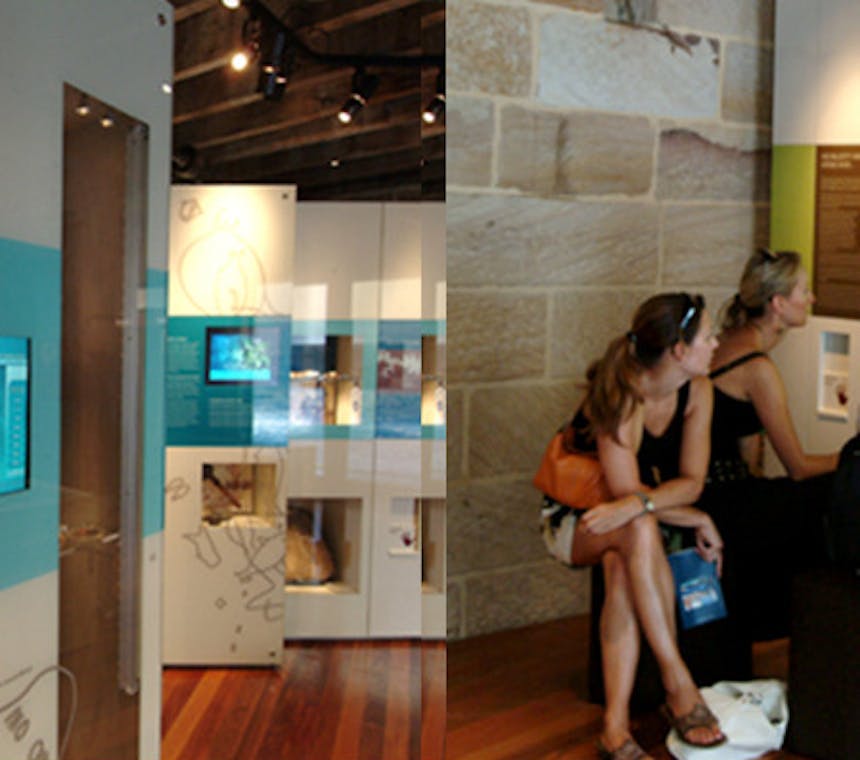
“One of the reasons we incorporated so much multimedia was to deliver lots of information in a way that wasn’t dull – and was engaging. The feedback from visitors was fantastic.”
Digital media, applied smartly, is a powerful presentation and communication tool that museums can use to pack more punch in their storytelling. This is particularly true for an exhibition with an urgent message about the world’s future, created to inspire an audience aged eight and over.
AOM’s “What’s a carbon footprint?“ display neatly revealed the environmental impact on Australia of some everyday activities, such as buying an item of clothing or eating a meal in a restaurant. The interactive touch-screen exhibit explored stages in the production chain for each activity and the volume of greenhouse gases produced at every step. Alternative consumer choices were provided on demand as visitors navigated their own way through the information.

“Messages about climate change are quite complex. We had all this content we wanted to include, which would have been impossible to do in a more traditional display.”
Dr Catherine Cooper, exhibition project coordinator, Australian Museum.
“News of the future“, AOM’s second exhibit, illustrated the kind of evening news we might be watching on television in 2050, if we do nothing about climate change – and if we start doing something about it now. The series of reports wove video footage with multimedia sequences to create fictional news broadcasts that had an authentic look and feel. The effect was eye-opening.
AOM was asked to contribute to the exhibition and brought an understanding of how people use interactives to the project, plus the technical know-how required to create compelling content.
Climate Change ran from April to August 2009. The Australian Museum is doing its bit for the environmental cause by re-using the exhibition in Perth, where it will be on display for two years at the Scitech science centre.



